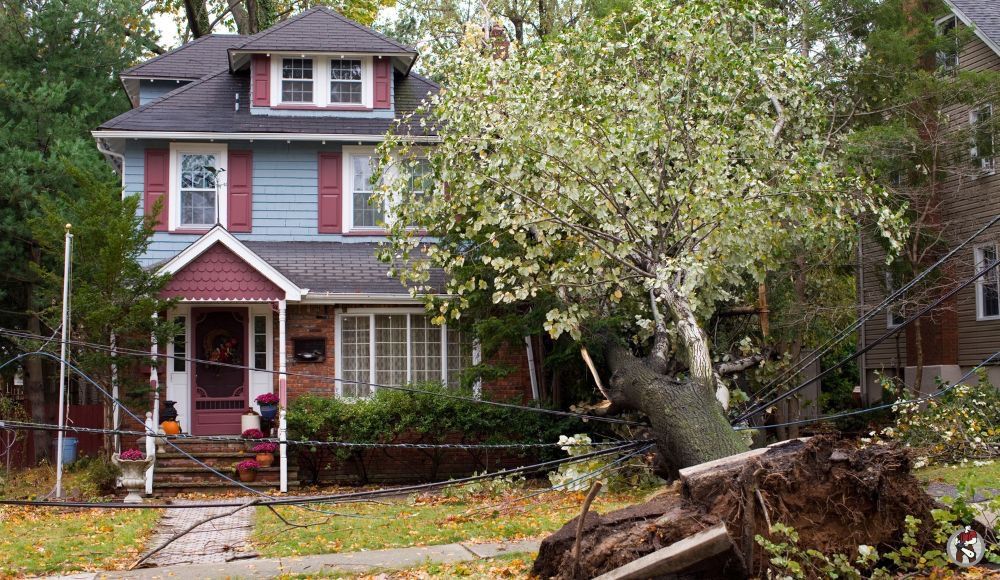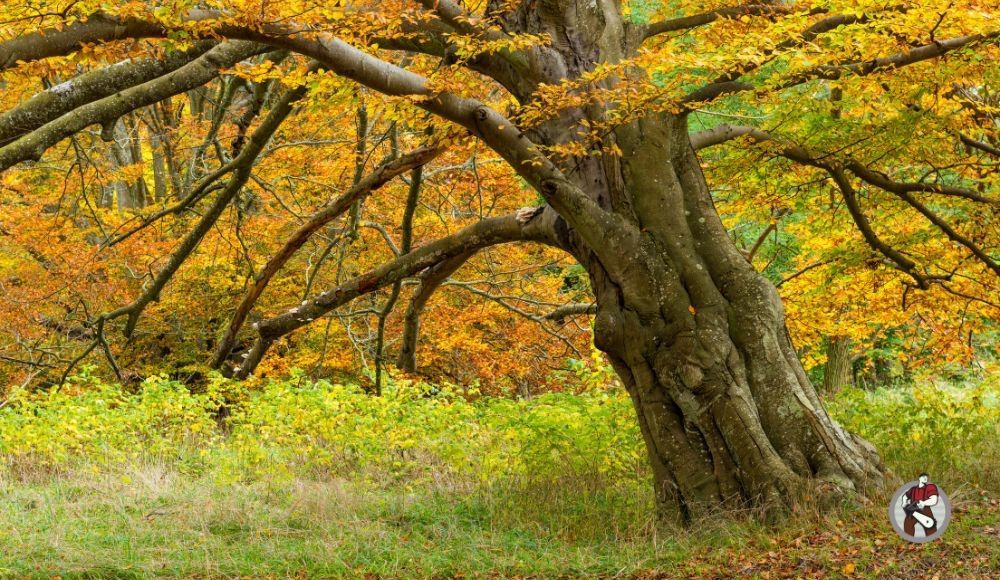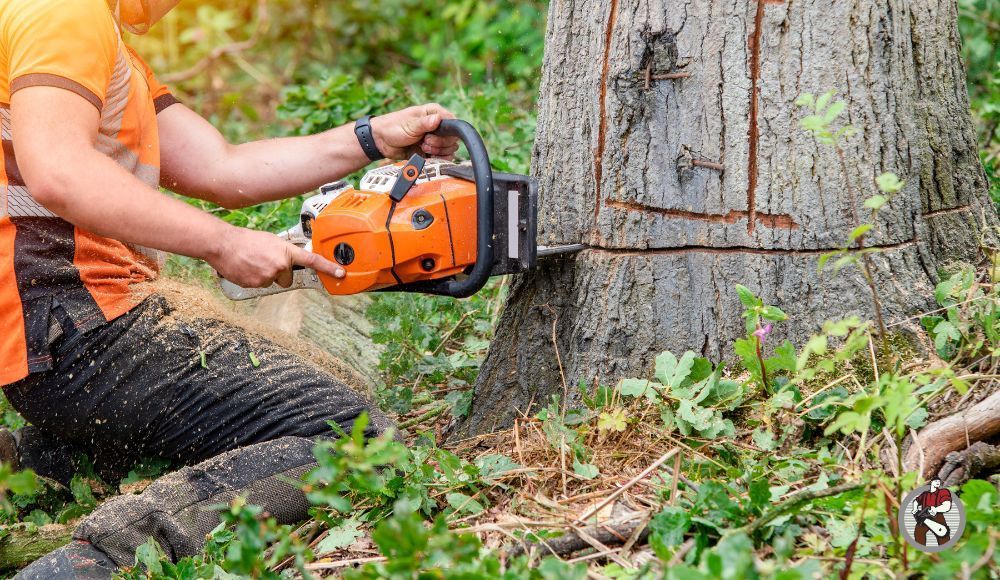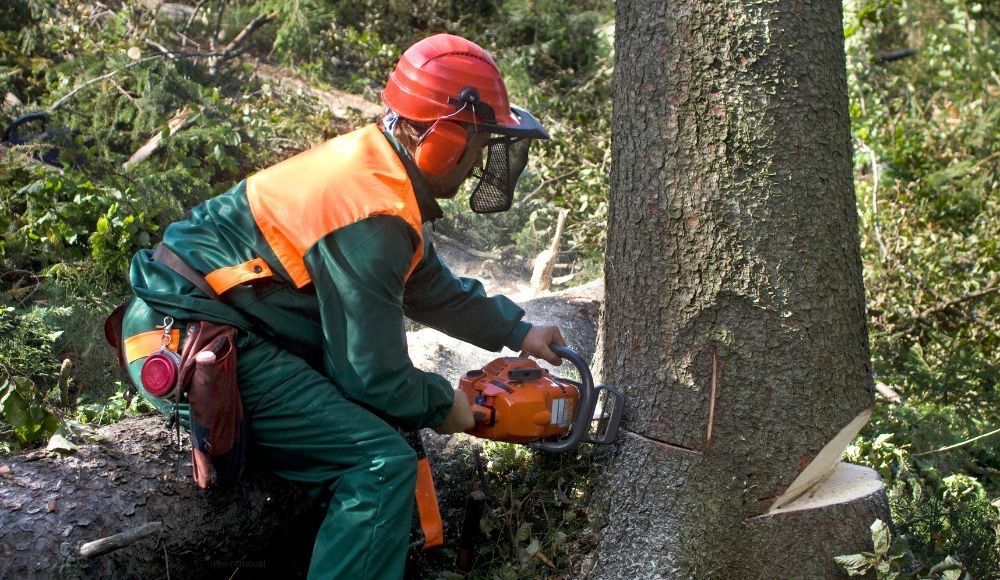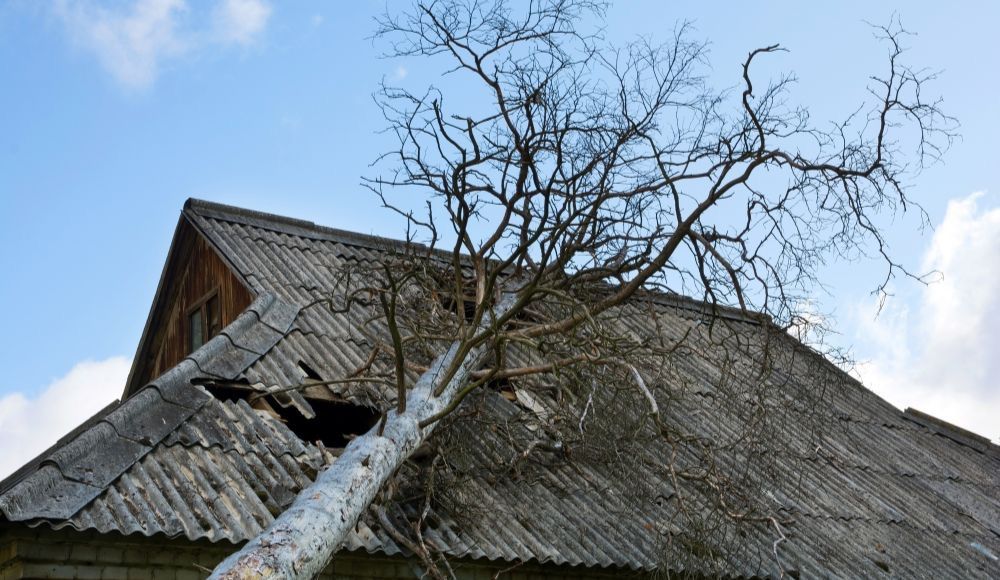The Environmental Impact of Tree Removal
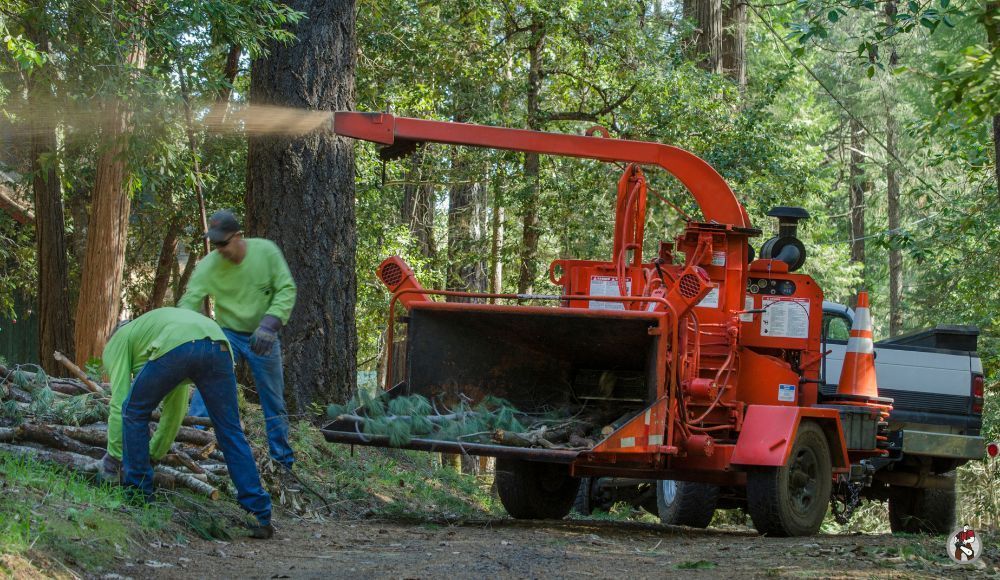
Tree removal is often necessary for safety purposes, construction needs, and landscape management, but it creates environmental effects. Trees are essential carbon dioxide absorbers, providing wildlife habitat and maintaining soil stability. The environmental impact of tree removal becomes minimal when the process includes careful planning and subsequent eco-friendly measures.
Recycling Removed Trees: Mulch and Lumber
One way to reduce the environmental footprint of tree removal is to recycle the tree's material. Instead of sending it to a landfill, felled trees can be chipped into mulch or processed into lumber. Mulch made from trees is highly beneficial for gardens and landscaping. It helps retain soil moisture, suppresses weeds, and slowly returns nutrients to the soil as it decomposes.
When wood quality is high, milling the larger trunks and branches provides lumber for construction, furniture-making, or woodworking projects. This reuse reduces waste and limits the demand for newly harvested timber, conserving natural forests elsewhere. Property owners contribute to a more circular and sustainable use of natural resources by finding new purposes for the tree after its removal.
Offsetting with New Tree Planting
While removing a tree takes away a carbon sink and a piece of habitat, planting new trees can help offset that impact. Young trees absorb carbon dioxide, improve air quality, and support local ecosystems as they grow. Strategic replanting, especially using native species, can even enhance biodiversity and soil health in the long run.
When planting new trees, consider the location, size, and type of tree to ensure they thrive and don't cause future issues like root intrusion or overhead hazards. Planting multiple smaller trees to replace one large tree can sometimes result in a net gain for the environment over time.
Strategic Removal for Biodiversity
Removing particular trees leads to better health for your yard and the surrounding local ecosystem. Removing invasive or diseased trees allows native species to grow while protecting other vegetation from harm. It also enables sunlight to reach the understory plants while creating space for native shrubs and trees to grow.
The strategic removal of trees creates advantages for wildlife populations. Clearing dense areas enables more plant species to thrive, supporting a broader variety of insects, birds, and small mammals. Tree removal functions as a nature restoration tool that helps achieve ecological balance.
We Take a Balanced Approach to Tree Removal
Eco Tree Service has the expertise and experience to identify issues and provide professional advice on tree removal. Removing trees safely and efficiently provides homeowners with peace of mind while maintaining a beautiful and safe landscape.
If you're considering tree removal, consult with us. We will help assess the health and value of your trees, suggest sustainable options, and ensure that your yard remains safe and ecologically responsible.
Call us at 484-695-4222 for 24-hour support or text us at 484-510-4865.

